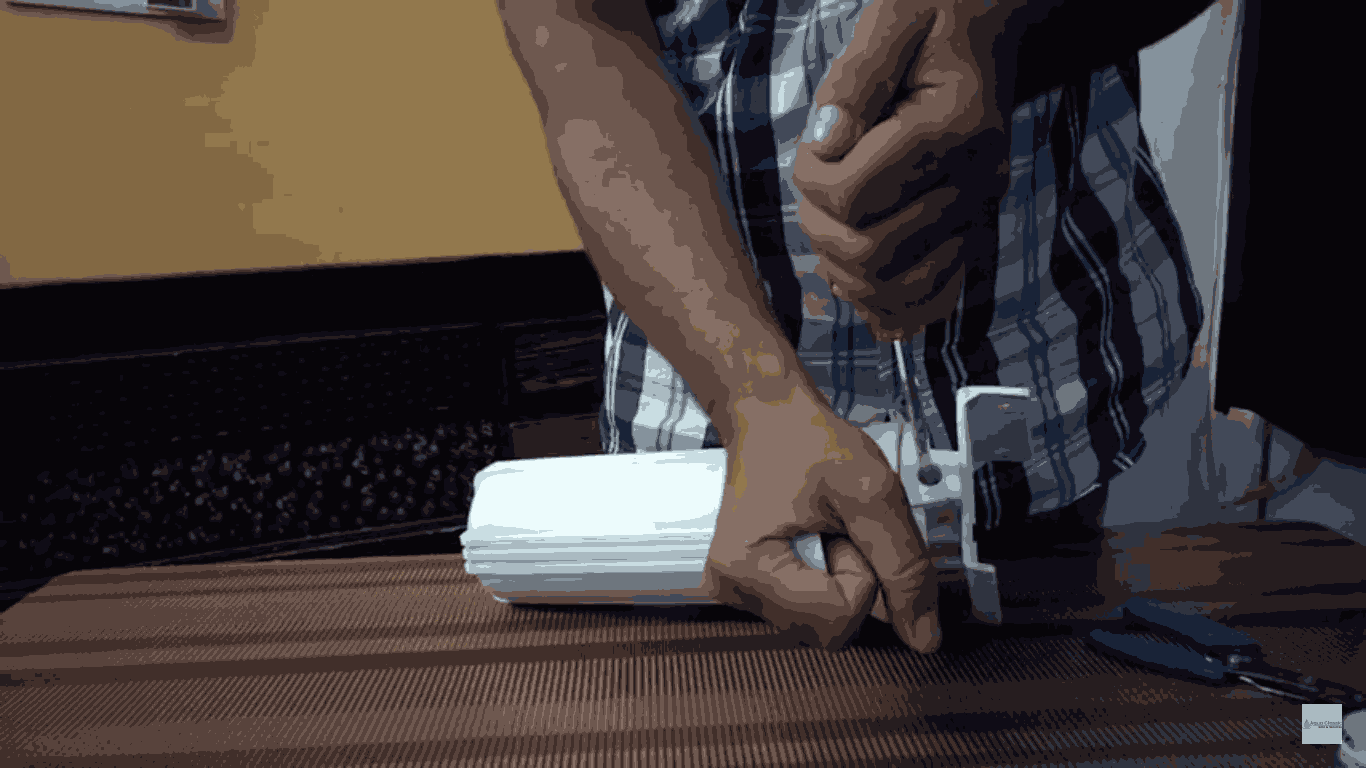Blog
What Your TDS Meter Isn’t Telling You: The Hidden Side of “Clean” Water

When most people use a TDS meter, they hope for one thing — clarity. A low reading surely indicates “good” water, doesn’t it? Fewer dissolved solids should equate to purer, cleaner, healthier water. That makes sense, right? But here’s the reality most people don’t know:
???? Your TDS meter is only displaying you part of the image.
So, What Does a TDS Meter Actually Measure?
A TDS (Total Dissolved Solids) meter does a water’s electrical conductivity, or how much dissolved inorganic solids — primarily minerals such as calcium, magnesium, sodium, potassium, and trace amounts of salts and metals — are present.
But what it doesn’t analyze is as valuable as what it does.
Here’s What Your TDS Meter Isn’t Telling You:
- It Doesn’t Detect Bacteria or Viruses
You may have pure, crystal water with 20 ppm of TDS and yet you may have toxic microbes hidden in it. TDS meters cannot detect biological contaminants. Therefore “clean-looking” water can make you ill. - It Doesn’t Indicate Heavy Metals Separately
Large concentrations of lead, arsenic, or mercury may be in minute quantities that do not trigger a TDS reading by leaps and bounds, yet remain unsafe to your health. A TDS meter will not flag them. - It Doesn’t Detect Chemical Contaminants
Pesticides, chlorine, industrial solvents, and pharmaceutical residues can be present in trace levels in drinking water. The majority of these do not impact conductivity — so a TDS meter will not indicate them. - Low TDS Doesn’t Always Mean “Healthy”
Water with extremely low TDS (less than 30 ppm) can be tasteless, poor in vital minerals, and in the worst scenario, may even deplete your body of minerals over the long term. It’s clean, yes — but not necessarily healthy. - High TDS Isn’t Always Dangerous
On the other hand, water with 100–300 ppm TDS is totally safe — and even healthy — as it could harbor healthy minerals such as calcium and magnesium. But others freak out at seeing bigger figures in isolation.
So, What Do You Do Instead?
Consider the TDS meter as a handy gizmo — but part of a larger toolbox. Employ it to:
Compare RO output vs. tap water
Monitor filter efficiency
Don’t use water that is too mineralized (over 500 ppm)
Monitor your purifier performance
However, for true water safety, make it a point to have your water analyzed by a full chemical and microbial lab analysis every one or two years — particularly if you’re using groundwater or have an older plumbing system.
Final Takeaway
TDS meters are excellent for a quick reading, but they’re not a complete safety test. Just because the reading looks good doesn’t necessarily mean your water is. So when you test your TDS next and it says 40 ppm — don’t just assume it’s safe to drink. Trust your water, but verify it wisely.



